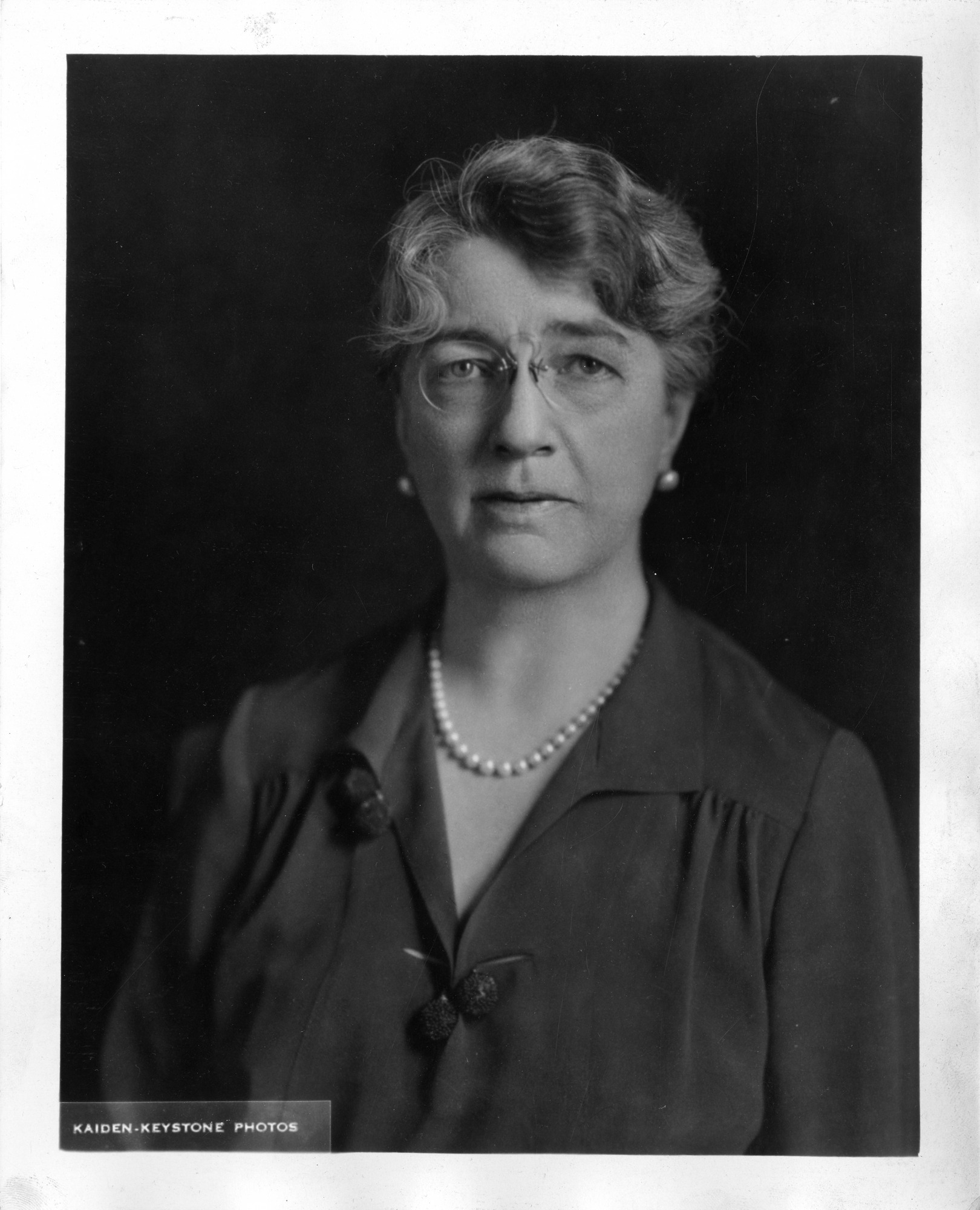By Susan Russo

In 1913, the Rockefeller Institute appointed its first woman researcher, Louise Pearce, M.D., who worked as an assistant to Simon Flexner. Pearce was promoted to Associate Member in 1923, and continued in this position until 1951, when she became President of the Woman’s Medical College of Pennsylvania. During her career, Pearce attained many firsts, including her 1915 election as the first woman member of the American Society for Pharmacology and Experimental Therapeutics (ASPET); the second member wasn’t elected until 1929. Also, Pearce had affiliations with the New York Infirmary for Women and Children (1921); the General Advisory Council of the American Social Hygiene Association (1925); the National Research Council (1931); and was elected Director of the Association of University Women in 1945. In 1921, Pearce was elected to membership in the Belgian Society of Tropical Medicine, and received the Order of the Crown of Belgium, and in 1931 she was appointed Visiting Professor of Syphilology at Peiping Union Medical College in China.
Born in Winchester, Massachusetts, in 1885, her family moved to Los Angeles, where she attended the Girls Collegiate School. She went on to receive her Bachelor’s degree in physiology and histology at Stanford University in 1907. Pearce continued her studies at Boston University, and was awarded her M.D. from the Johns Hopkins University School of Medicine, specializing in pathology, in 1912.
While at Rockefeller, Pearce worked closely with Wade Hampton Brown, a pathologist, chemist Walter Jacobs, and immunologist Michael Hiedelberger. Their first endeavors, organized by Simon Flexner, were experiments in the treatment of syphilis, using arsenic derivatives made by Pearce and Brown in animal models. Their work was published in the Journal of Experimental Medicine in 1919. Soon after, the Rockefeller Institute sent Pearce to Léopoldville in the Belgian Congo, where she worked in a local hospital, and her laboratory to test the drug tryparsamide in human trials, saving many of the lives of syphilitic patients and patients with sleeping sickness, conditions which had previously caused almost certain fatalities. After returning to the Institute, Pearce and Brown added cancer experiments in animal models, discovering, in rabbits, the malignant epithelial tumor of the scrotum, named the Brown-Pearce Carcinoma.
Pearce resided in Greenwich Village, sharing her apartment with Sara Josephine Baker, another physician, and the novelist Ida A.R. Wylie (some of whose books were made into films). All three women were active in a “radical feminist” luncheon discussion club, Heterodoxy. In 1932, they moved to Trevanna Farm in Skillman, New Jersey. Pearce commuted to Rockefeller, until she became President of the Woman’s Hospital of Philadelphia (founded in 1861).
During her career, Pearce received honorary doctorates from Wilson College (Pennsylvania), Beaver College (Pennsylvania), Skidmore College (New York), and Bucknell University (Pennsylvania). Louise Pearce’s papers can be found in the Rockefeller Archives, the Drexel University College of Medicine Archives, and the Smithsonian Institution Archives.
